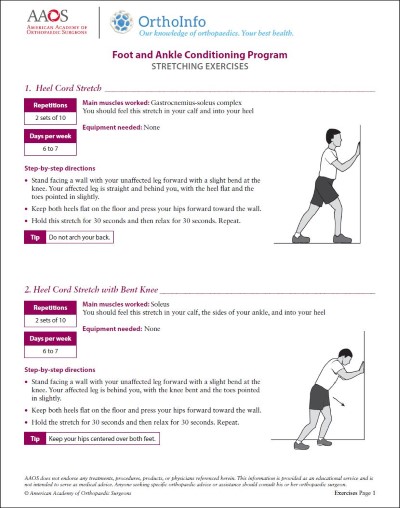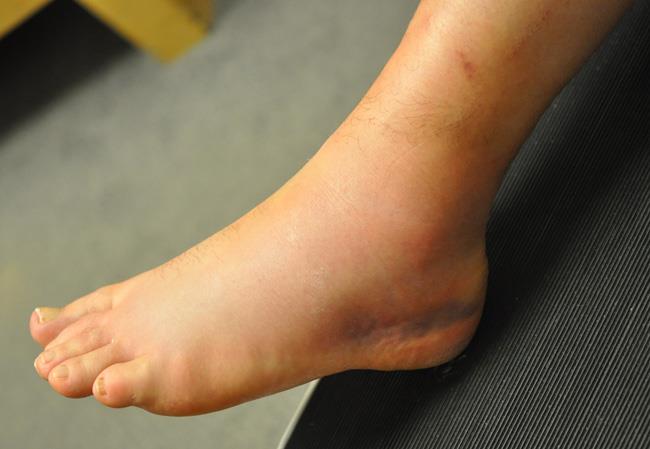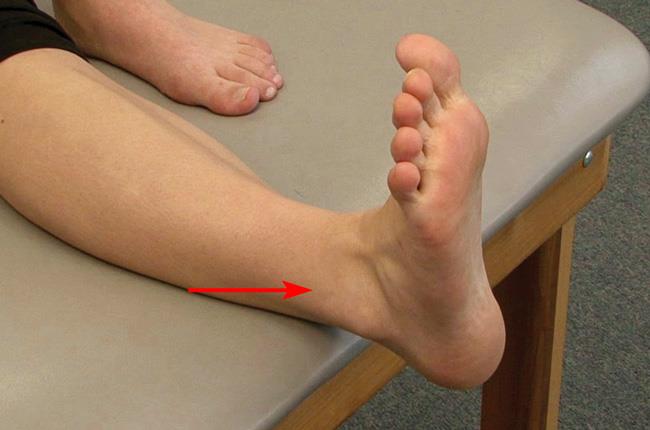

Ankle sprains are common injuries that occur among people of all ages and at all activity levels; in fact, they are the number one reason for missed participation in athletics.
An ankle sprain occurs when the strong ligaments that support the ankle stretch beyond their limits and tear. The severity of a sprain can vary greatly depending on the number of ligaments involved and the extent to which the ligaments are torn.
Most sprains heal with conservative treatments like ice, elevation, over-the-counter medications, and simple rehabilitation exercises. However, if your ankle remains swollen or painful for several weeks despite conservative treatments, or if you have difficulty putting weight on your ankle, you may need to be evaluated to ensure that you do not have a severe ankle sprain or fracture.
If symptoms do not improve despite non-operative treatment, you may need surgery to repair or reconstruct the injured ligaments.
Without proper treatment and rehabilitation, a chronic or untreated severe sprain can weaken your ankle, making it more likely that you will injure it again. Repeated ankle sprains can lead to long-term problems, including chronic ankle pain, arthritis, and instability.
Ligaments are strong, fibrous tissues that connect bones to other bones throughout the body. Numerous ligaments in the ankle help to keep the bones in proper position and stabilize the joint. Joint stability is important for all types of activities, including standing, walking, and running.
An ankle sprain is an injury to one or more of the ligaments that stabilize the ankle.Reproduced from J Bernstein, ed: Musculoskeletal Medicine. Rosemont, IL, American Academy of Orthopaedic Surgeons, 2003.
Sprains can range from tiny tears in the fibers that make up the ligament to complete tears.
If there is a complete tear of the ligaments, the ankle may become unstable after the initial injury phase passes. Over time, this instability can result in damage to the bones and cartilage, the smooth lining of the joint.
The lower leg or foot can roll, or invert, leading to a sprain of the ligaments on the outside of the ankle.
Reproduced from the Body Almanac @ American Academy of Orthopaedic Surgeons, 2003.Patients often recall a twisting injury to their foot or ankle. If there is severe tearing of the ligaments, you might also hear or feel a pop. Sprains may occur unexpectedly during many different activities, such as:

Foot and Ankle Rehabilitation Exercises
The types and severity of symptoms for a sprained ankle vary widely depending on the degree of the injury. Symptoms may include:
Symptoms of a severe sprain are similar to those of a broken bone and require prompt medical evaluation.

Bruising and swelling are common signs of a sprained ankle. Symptom severity varies depending on the degree of injury to the ligaments.
Your doctor will diagnose your ankle sprain by asking you questions about the injury and performing a careful examination of your foot and ankle. Due to the swelling and inflammation, this physical exam may be painful and often includes:
Your doctor may be able to tell the severity of your ankle sprain based on the amount of swelling, pain, bruising, and stability. If you have difficulty bearing weight, or tenderness in the bones of the foot and ankle, you may need additional tests to rule out a fracture.

To diagnose a sprain, your doctor will gently palpate around the outside of the ankle in the area of the pain (arrow).
Reproduced from JF Sarwark, ed: Essentials of Musculoskeletal Care, ed 4. Rosemont, IL, American Academy of Orthopaedic Surgeons, 2010.
An ankle sprain is largely a clinical diagnosis based on how the injury happened, symptoms, and examination by a medical professional. Occasionally, imaging studies, such as X-rays and magnetic resonance imaging (MRI) scans, are obtained to rule out a fracture or other injury to the nearby tendons and cartilage.
X-rays. X-rays provide images of dense structures, such as bone. Depending on your symptoms and examination, your doctor may order X-rays to evaluate the bones in your ankle and foot. Severe ankle sprains can have a similar degree of pain, bruising, and swelling as a fracture, making it difficult to distinguish between the two.
Ankle Fractures (Broken Ankle)